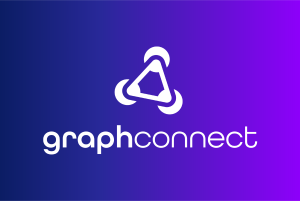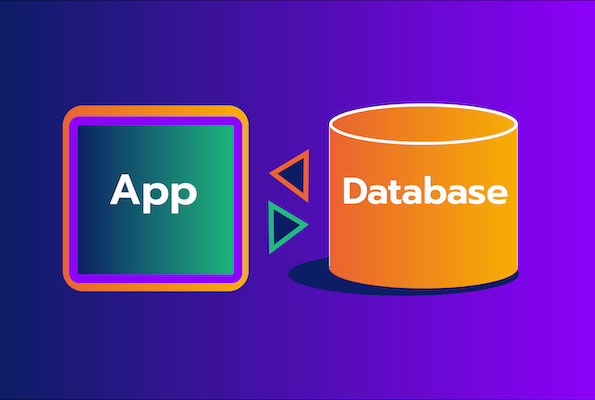CodeLogic Blog
Explore the evolving role of SQL stored procedures in modern application development. Learn about their pros, cons, and how tools like CodeLogic are transforming the way we manage them

Breaking the Guesswork Software Cycle
While flying blind each time code is altered or added has become the norm, it’s not necessary.

Engineers, Don’t Fear Breaking Changes
Software engineers can now begin to remove their blindfolds, surface what-if scenarios with accurate information, and stop the fear of breaking changes. Here’s how.

Use SLAs to Enforce Clean Code Structures when Outsourcing Software Development
The challenge for organizations that either already outsource some or all of their software development, or are contemplating doing so, is ensuring that the software developed by these firms meets not only their own quality standards but industry benchmarks as well.

New Feature Release: Don’t Let Stored Procedures Get in the Way of Database Migration Plans
We recently released a new product capability to capture stored procedures in Oracle and PostgreSQL databases and Java and .NET calls of those stored procedures.

CodeLogic Engineers Speak at Neo4j GraphConnect Conference
CodeLogic Principal Software Dev Engineers Jason Schatz and Rob Vrooman are delivering a full session at the upcoming GraphConnect conference in Austin, Texas.

New CodeLogic Plugin Provides Enhanced Dependency Data Inside Microsoft’s Visual Studio
We recently released a new plugin for Microsoft’s Visual Studio, enabling developers to view enhanced dependency data directly inside the IDE. The new plugin provides dependency data visibility within and across projects so developers can better understand their application connections and dependencies when making code changes.

Application Performance Monitoring and Dependency Mapping
When it comes to software intelligence and dependency mapping, how does it compare and work with APM tools? How exactly do application performance monitoring tools and dependency maps differ? And can they be used together?

Deprecated Code: How Dependency Mapping Can Prevent Headaches
While deprecated code is common in development cycles, how does it impact software engineers? And how can dependency mapping alleviate the complications inherent with deprecated code?

CodeLogic Appoints Brian Pierce as Chief Executive Officer
CodeLogic, Inc. today announced the appointment of Brian Pierce as Chief Executive Officer, effective immediately. Pierce brings over 30 years of software infrastructure and enterprise application expertise.

